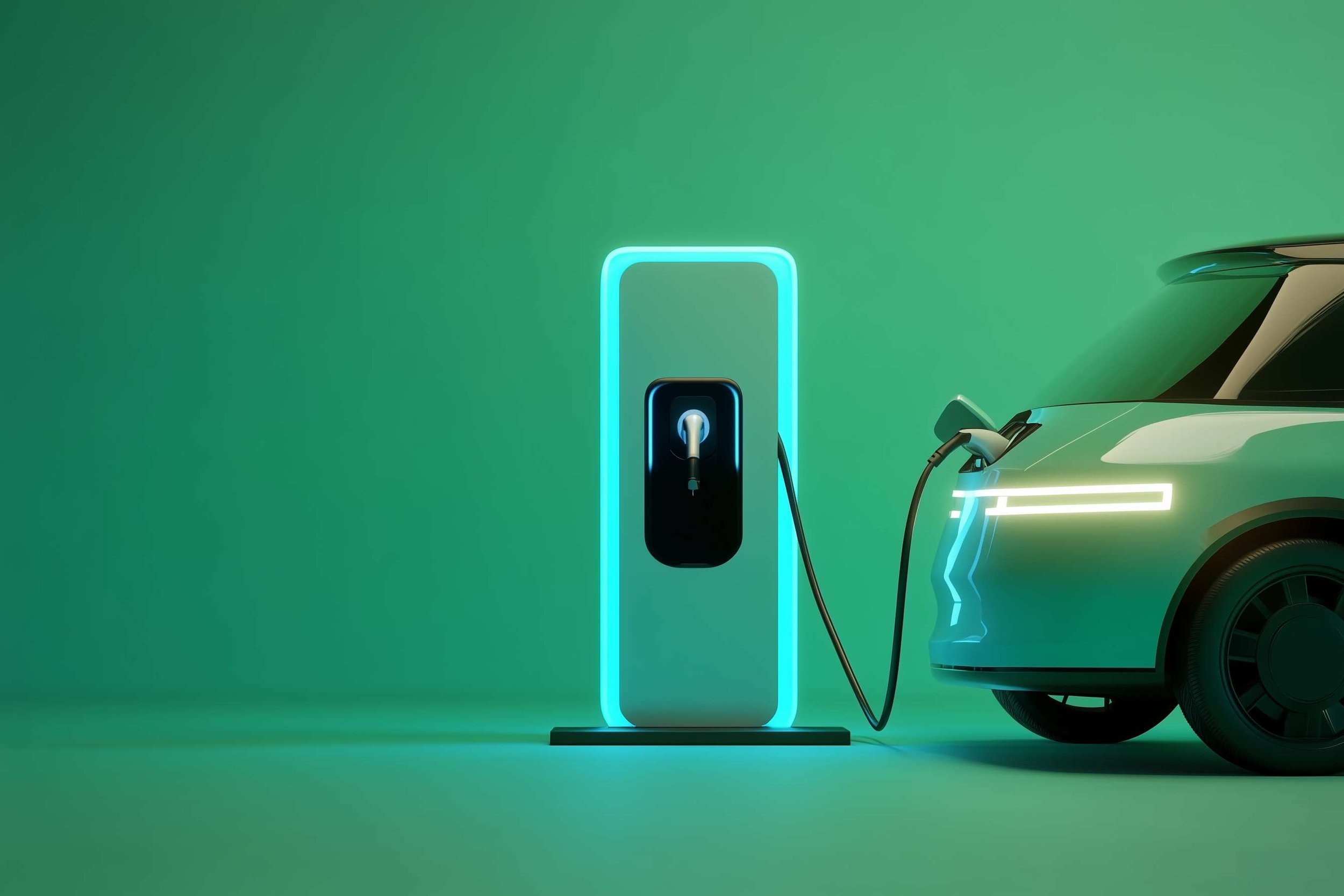
Can You Jump Start an Electric Car?
Explore the ins and outs of jump-starting electric vehicles in. Learn about the role of the 12-volt battery, safety precautions, and the do's and don'ts.
You're all set for a weekend getaway in your sleek electric vehicle (EV), but as you press the start button, nothing happens. Panic sets in—has your high-tech chariot betrayed you? Fear not, for we're about to delve into the electrifying world of EV jump-starting, illuminating the dos, don'ts and the sparks in between.
The Shocking Truth: EVs Have Two Batteries
Yes, you read that right. Your electric car isn't powered by just one colossal battery pack; it also houses a humble 12-volt battery, akin to the ones found in traditional petrol-powered cars. This smaller battery is the unsung hero, responsible for powering essential systems like lights, infotainment, and the all-important task of waking up the main high-voltage battery.
When the 12-Volt Battery Takes a Nap
If your EV decides to play possum, it's often the 12-volt battery that's the culprit. Factors like leaving the lights on, extended periods of inactivity, or even a mischievous interior light can drain this battery, leaving your EV unresponsive.
Jump-Starting Your EV: A Step-by-Step Guide
Before you don your mechanic's hat, remember: we're focusing solely on the 12-volt battery here. Attempting to jump-start the high-voltage battery is a one-way ticket to Dangerville. Always consult your vehicle's manual for model-specific instructions.
Locate the 12-Volt Battery: In many EVs, it's found under the bonnet, but some models tuck it away in the boot or under a seat. Consult your manual to find its exact location.
Power Down Everything: Ensure all electronics, lights, and accessories are turned off. We don't want any energy thieves lurking about.
Connect the Jumper Cables:
Positive to Positive: Attach the red (positive) clamp to the positive terminal of the dead battery. Then, connect the other red clamp to the positive terminal of the donor vehicle's battery.
Negative to Ground: Attach the black (negative) clamp to the negative terminal of the donor battery. Connect the other black clamp to an unpainted metal surface on your EV, away from the battery. This serves as a grounding point.
Start the Donor Vehicle: Let it run for a few minutes to transfer some much-needed juice to your EV's 12-volt battery
Power Up Your EV: Attempt to start your electric car. If it springs to life, congratulations! If not, wait a bit longer and try again.
Disconnect the Cables: Remove the jumper cables in the reverse order of connection: negative from your EV, negative from the donor, positive from the donor, and finally, positive from your EV.
Let It Run: Keep your EV powered on for at least 20 minutes to allow the 12-volt battery to recharge sufficiently.
Can Your EV Jump-Start Another Vehicle?
While it might seem noble to offer your EV's assistance to a stranded petrol-powered car, it's generally not advisable. The 12-volt systems in EVs are designed for low power demands and may not handle the high current required to start an internal combustion engine. Attempting this could lead to blown fuses or worse. Always consult your vehicle's manual before playing the hero.
Safety First: Handle with Care
Avoid the High-Voltage Battery: Never attempt to jump or tamper with the main battery pack. It's a high-voltage component that requires specialized equipment and expertise.
Protective Gear: Wear gloves and eye protection to shield yourself from potential sparks or battery acid.
Proper Connection: Ensure all connections are secure and correct. A misplaced clamp can lead to electrical shorts or damage.
Conclusion: Stay Charged and Drive On
While the prospect of jump-starting an electric car might seem daunting, it's a manageable task when approached with the right knowledge and precautions. Remember, the key is to focus on the 12-volt battery and leave the high-voltage components to the professionals. With this guide in hand, you're well-equipped to handle those unexpected battery blues and get back to enjoying the silent, smooth ride of your EV.
